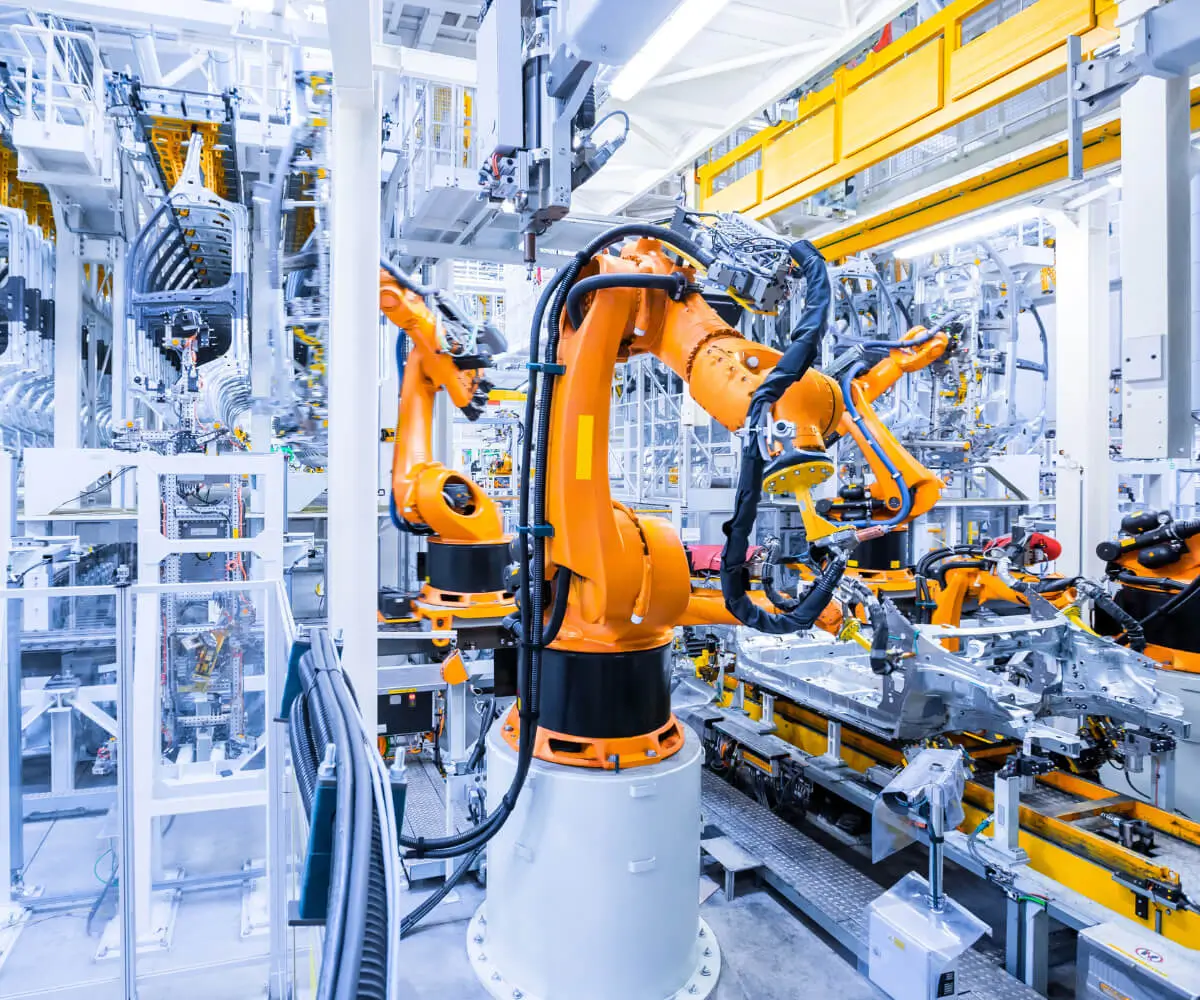Ever wonder how some apps seem to burst with agility? While your favorite streaming service streams seamlessly or that gaming platform handles hundreds of thousands of players without breaking a sweat? There’s a good chance behind the scenes, microservices are doing the heavy lifting. When do developers decide to go the microservices route? Let’s dig into that.

First things first, imagine a sprawling monolithic app. It’s like a giant jigsaw puzzle glued together. Change one piece, and suddenly, the whole thing might wobble. That’s messy. Enter microservices — small, independent pieces that work together but can be tweaked separately. When a project starts growing and a single codebase begins to feel like a weight on everyone's shoulders, it’s probably time to rethink architecture.
One blackjack move? Scalability. Some parts of an app might need to handle spikes in traffic — say, a flash sale in e-commerce or a big live event on a social platform. Microservices allow scaling just those critical pieces. You don’t have to clone the entire app; just beef up the parts that need it. That saves resources and keeps things snappy.
Flexibility is another big reason. Developers love trying out new tech stacks or quickly deploying new features. With microservices, experimenting with Node.js here, adding a new payment gateway there — it’s like changing parts of a Lego set without destroying the whole structure. If a particular service needs to update or fail gracefully, it can do so without bringing down the entire system.
Dealing with complex workloads? Microservices shine there too. Say you have a user management service, a payment processing service, and a notification service in one app. If the notification system gets overwhelmed during a promotion, it won’t stall your user registration system. One service can handle the load independently, reducing risks and downtime.
But it’s not all roses. When do developers skip microservices? Usually, it's in small, straightforward apps or early-stage projects. Transitioning costs and complexity can be a headache. So, when things are simple, a monolith can be enough. But once the app starts growing, the benefits of breakability, faster deployment, and refined scaling outweigh the headaches.
Let’s not forget the maintenance side. Microservices create a mosaic — each piece can evolve independently, making updates and bug fixes faster. You’re no longer stuck in a swamp of tangled code. It’s like having a team working on different floors of a building, fixing issues without disrupting the entire structure.
In the end, it’s about knowing when the pain of managing a monolithic system becomes too much. When versatility, rapid iteration, and efficient scaling are needed, microservices become a no-brainer. They’re what keeps the best apps running smoothly at scale, ready for whatever comes next.
Established in 2005, Kpower has been dedicated to a professional compact motion unit manufacturer, headquartered in Dongguan, Guangdong Province, China. Leveraging innovations in modular drive technology, Kpower integrates high-performance motors, precision reducers, and multi-protocol control systems to provide efficient and customized smart drive system solutions. Kpower has delivered professional drive system solutions to over 500 enterprise clients globally with products covering various fields such as Smart Home Systems, Automatic Electronics, Robotics, Precision Agriculture, Drones, and Industrial Automation.




































